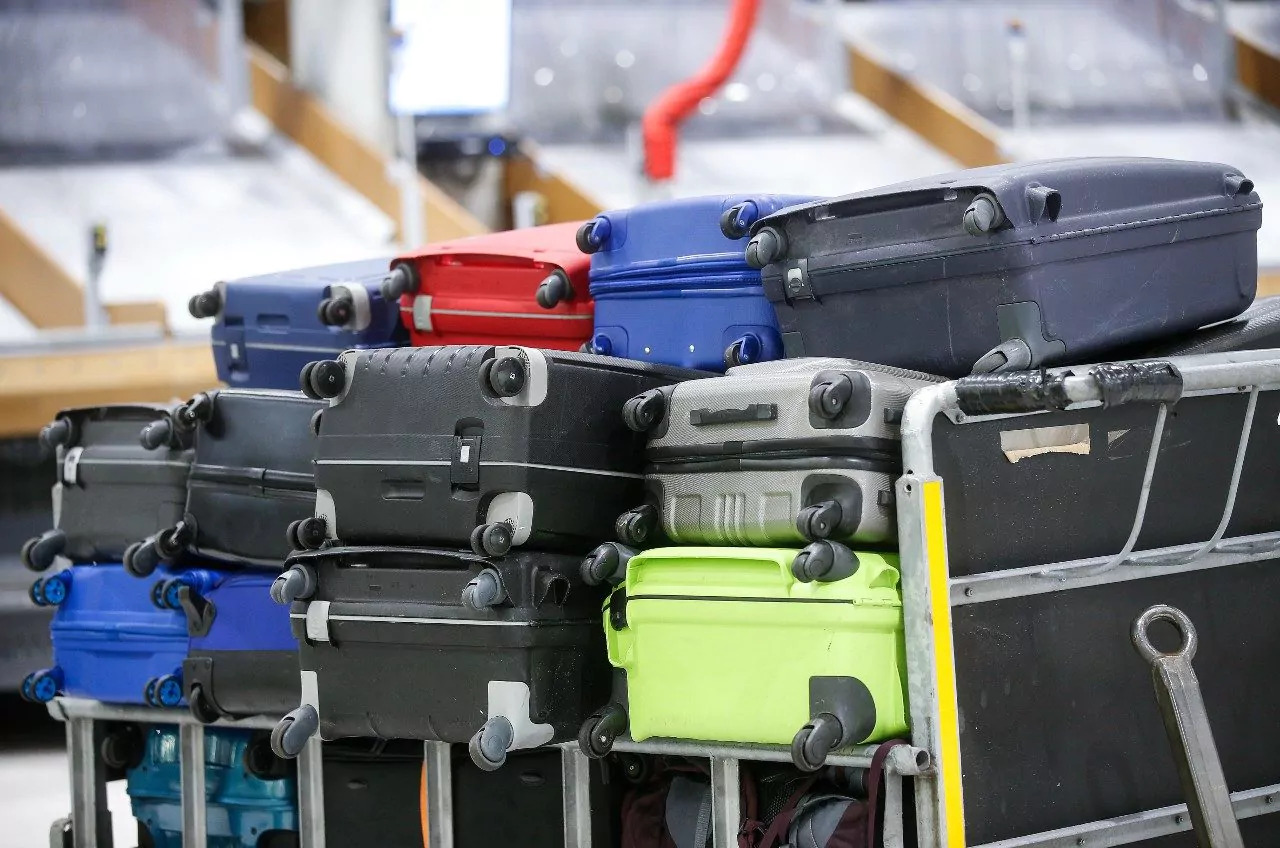
Ever wondered what happens to your luggage after you check it in at the airport? Baggage handling systems (BHS) are the unsung heroes ensuring your bags reach the right plane. These intricate networks of conveyor belts, scanners, and software work tirelessly behind the scenes. But how do they really function? From sorting to security checks, each step is crucial. Did you know that some systems can process thousands of bags per hour? Or that advanced technology like RFID tags helps track your luggage in real-time? Let's dive into 14 fascinating facts about these amazing systems that keep your travel smooth and stress-free.
Key Takeaways:
- Baggage handling systems are like giant robots that help move luggage at airports. They use cool technology like barcode scanning and RFID to make sure your bags go where they need to go.
- New innovations in baggage handling systems, like artificial intelligence and self-service kiosks, are making the process faster and more reliable. Plus, airports are working to make these systems more eco-friendly!
What Are Baggage Handling Systems?
Baggage handling systems (BHS) are crucial for airports. They ensure luggage moves smoothly from check-in to the aircraft. These systems use various technologies to sort, transport, and track bags.
-
Automated Systems: Modern BHS use automation to reduce human error. Robots and conveyor belts work together to handle thousands of bags daily.
-
Barcode Scanning: Each bag has a barcode. Scanners read these codes to track and route bags correctly.
-
RFID Technology: Some airports use Radio Frequency Identification (RFID) tags. These tags provide real-time tracking and improve accuracy.
How Do Baggage Handling Systems Work?
Understanding how BHS operate can be fascinating. They involve multiple steps and technologies to ensure bags reach the right destination.
-
Check-In Process: At check-in, bags receive tags with unique barcodes or RFID chips. This information links to the passenger's flight details.
-
Conveyor Belts: Bags move on conveyor belts through the airport. These belts transport luggage to sorting areas.
-
Sorting Systems: Automated systems sort bags based on their destination. This process ensures each bag goes to the correct flight.
Challenges in Baggage Handling Systems
Despite their efficiency, BHS face several challenges. These issues can cause delays and lost luggage.
-
Bag Jams: Sometimes, bags get stuck on conveyor belts. This can cause delays and require manual intervention.
-
Mishandling: Human error can lead to mishandling. This might result in bags being sent to the wrong destination.
-
Technical Failures: Mechanical or software failures can disrupt the system. Regular maintenance helps minimize these issues.
Innovations in Baggage Handling Systems
Technological advancements continue to improve BHS. These innovations aim to make baggage handling faster and more reliable.
-
Artificial Intelligence: AI helps predict and prevent potential issues. It can optimize routes and improve sorting accuracy.
-
Biometric Verification: Some airports use biometrics to match passengers with their bags. This reduces the risk of lost luggage.
-
Self-Service Kiosks: Self-service kiosks allow passengers to tag their bags. This speeds up the check-in process and reduces queues.
Environmental Impact of Baggage Handling Systems
BHS also have an environmental impact. Airports are working to make these systems more eco-friendly.
-
Energy Efficiency: Newer systems use energy-efficient motors and sensors. This reduces the overall energy consumption.
-
Recycling Programs: Some airports have recycling programs for old baggage tags and other materials. This helps reduce waste.
The Final Word on Baggage Handling Systems
Baggage handling systems are the unsung heroes of air travel. They ensure your luggage gets from check-in to the plane and back to you at your destination. These systems use a mix of conveyor belts, barcode scanners, and sometimes even robots to keep things moving smoothly. Despite their complexity, they work tirelessly behind the scenes to make sure your bags arrive safely. Next time you're at the airport, take a moment to appreciate the technology and effort that goes into getting your luggage where it needs to go. Understanding these systems gives you a new perspective on air travel and the importance of efficient logistics. So, next time your bag arrives on time, you'll know there's a whole world of technology making it happen.
Frequently Asked Questions
Was this page helpful?
Our commitment to delivering trustworthy and engaging content is at the heart of what we do. Each fact on our site is contributed by real users like you, bringing a wealth of diverse insights and information. To ensure the highest standards of accuracy and reliability, our dedicated editors meticulously review each submission. This process guarantees that the facts we share are not only fascinating but also credible. Trust in our commitment to quality and authenticity as you explore and learn with us.


